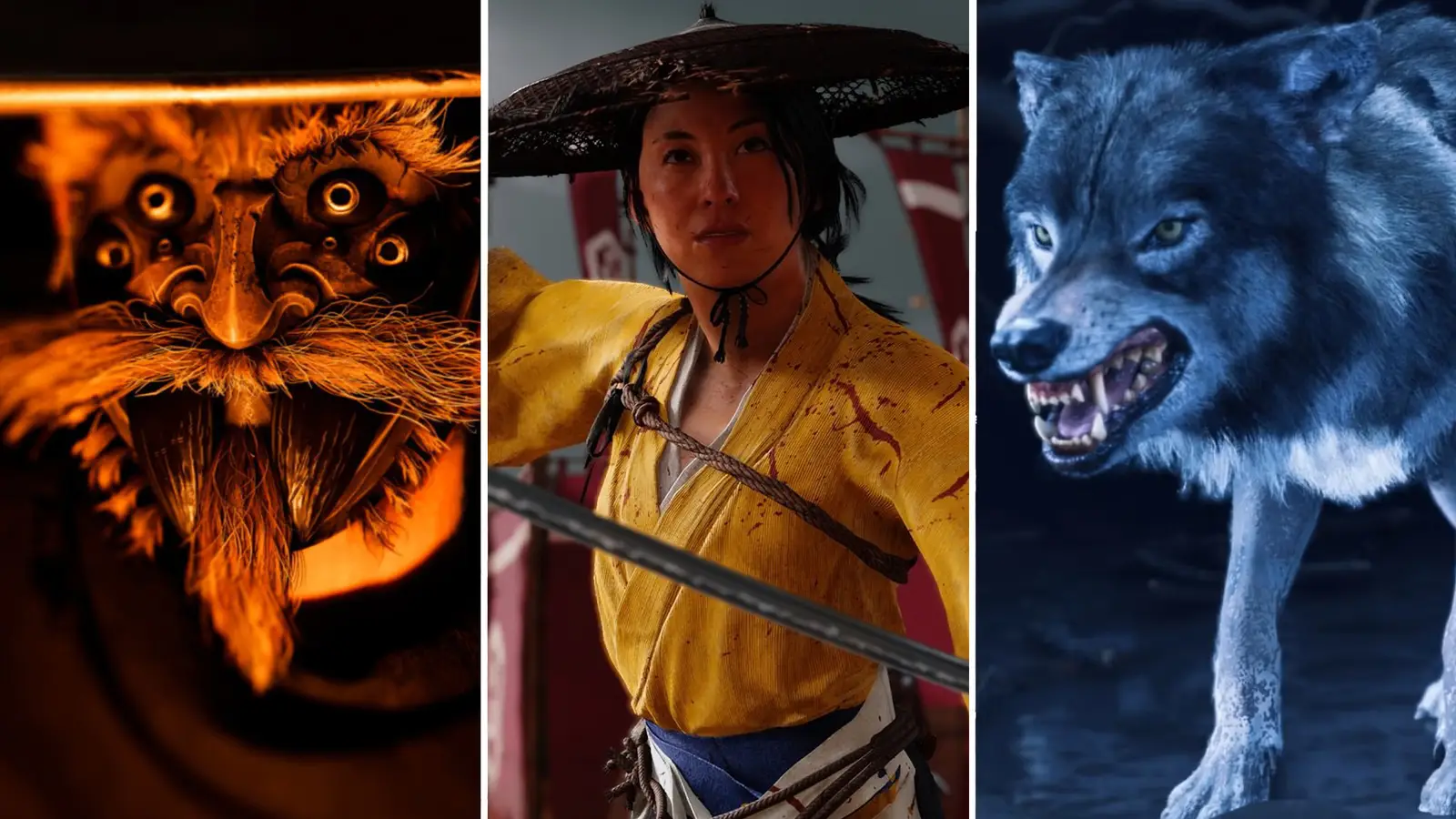Copyright XDA Developers

Those who have been playing Ghost of Yotei on PlayStation 5 have been treated to an experience that is definitely one to remember from 2025. As a follow-up to Ghost of Tsushima, the game takes the foundation of what people loved about that game and various parts better. Between the combat that feels fluid, the fantastic presentation, and the drama of the story, Ghost of Yotei has a lot of great things going for it. But something that the game does well that sets it apart from other open-world style games is how it handles its environment. It just doesn't look beautiful on the PlayStation 5, but it gives people a lot of reasons to keep exploring it. Riding on horseback through the land of Ezo is both breathtaking and exciting for me, and not just because it looks so good. Tons of details within the world make things feel lived in and bustling with stuff to check out, but never to the point where it feels like a chore. The previous game from Sucker Punch Productions had elements of this for the island of Tsushima, but Ezo seems to have solidified them even more so. Here's why Ghost of Yotei does everything right to make me want to stay in its open-world. Populated space to roam It's authentic and doesn't feel useless Most open-world games have such a wide space for players to roam around in. These usually offer a sense of scale that makes the player feel small in a large world around them with mysteries to pursue and secrets to discover off the beaten path. But not every open-world game can make their locations feel authentic in the way that it makes sense to be so large. Those kinds of open-world spaces can fall into the problem of being empty or monotonous in favor of being large. That's not something that's a problem within Ghost of Yotei, nor was it an issue with its predecessor. When moving across Ezo, many of the people and locations you encounter feel like they have a purpose there. Whether it's merchants walking on the main road between towns, herds of horses running across the plains, or foxes hiding out in their dens, the placement of everything feels deliberate. Although not everything I encounter when exploring Ezo may have a grand purpose to the larger narrative, it may still be there for a reason that is unique to it in service to building out the overall location. There was never a time when I was playing Ghost of Yotei and riding my horse to a location where I felt things were there without reason. It felt like not even a tree or fallen debris was out of place. Nothing ever felt uselessly placed onto the map. To me, this made Ezo feel like a world that had been there long before I dropped into my game. The abandoned buildings or caves I would arrive at exuded a history to them, even if I was just there to collect some leftover items that could help me. I could say the same for landmarks that are part of the layout of Ezo, which may have been inspired by the real life layout of modern day Hokkaido in Japan. The open-world here always had something around for me to notice or marvel at, and I never once got the sense that it was thrown into the game just to have it. The small things feel important Time I spend doesn't feel wasted There are many different side quests in Ghost of Yotei with their own side stories and journeys across Ezo. And while the main quest is still the primary focus for everyone, the side quests feel like extra chapters in a much grander story. Every task I found myself undertaking within the game didn't end with me feeling like something that wasted my time. While the rewards at the end of each side quest were definitely something to appreciate, it was the little things around the side quests that made it feel worth making the time to pursue them. Multiple cutscenes, extra dialogue, and opening new locations within Ezo made each little adventure feel special. For someone like me that plays many different kinds of open-world titles, it's a small thing that goes incredibly far in the long run. It can almost be a small hindrance for players who want to stick to the main quest line, but find themselves getting distracted by a side quest that just grabs their attention at the moment. It's a good problem to have for an open-world that is vast in scale, but populated enough with things that don't make traveling through it feel like a long fetch quest or chore. I could always go back to the main questline to continue the overall story, but I kept finding myself wanting to see where these threads would lead me to, and what else I would find in Ezo. Stuff like this doesn't just go for the side quests that are tied to characters. Searching for things like the bamboo cuts, hot springs, fox dens, and wolf dens come with their own kind of special journeys. If I enjoyed seeing Atsu reflect on her past while sitting in the hot springs, I could keep looking for more throughout the land and get more into her head about everything going on. And with wolf dens, I not only could get into battles with groups of enemies, but find myself riding on horseback through different parts of Ezo I had never explored, while also having a mystical chase with a wolf that would help me in battle. Like anything else with these kinds of games, at some point things could feel a little repetitive, but it didn't take away from how special each time felt to do so. My journey throughout Ghost of Yotei had many offshoot chapters and side stories that complimented the main plot, and it didn't feel like time dragged or was being wasted. Never overwhelmed with tasks Many things to do, without the stress of it But in spite of all those things that I loved seeing in Ghost of Yotei, the game does one major thing that all open-world players could definitely appreciate. It's something other games, like the Assassin's Creed series from Ubisoft, usually get wrong or overlook easily in the hopes of their story overshadowing it: making sure the player isn't overwhelmed with stuff to do on the map. This is a very underrated aspect of great open-world titles, and something that Sucker Punch Productions had previously done in Ghost of Tsushima. The map of Ezo is filled with tons of things to do, but the majority of it isn't open to you until you either actively seek it out, or you come across something that mentions it to you. This prevents many icons and side quests from appearing on the map that you see early on, and still manages to conserve most of it as you progress deeper into the game, until the time is right. The clever way that Ghost of Yotei does this is by having people that Atsu can talk to that mention something of interest. This can be a fox or wolf den, hot spring, or enemy camp they spotted nearby, which can be placed onto the map. Luckily, the icons for them don't automatically get placed on there, and can be manually placed when you want. Some people would rather they just be there after talking to the character that mentioned it, but doing it this way can keep the map from becoming too populated with uncompleted tasks while you're in the middle of another quest. If I don't need to go after some other random point of interest while I'm doing the main quest line, then I don't have to or be annoyed that I chose not to at that moment. The side effect of this is that once I do enough things, I can always look to see what else Ezo has for me to explore. Seeing that I can place a bunch of side quests on the map that I've gathered from interacting with the people in Ezo can be interesting, especially when I'm looking to do a different task. It makes me want to seek out exploring further parts of the larger map, without feeling the pressure to do so throughout my experience. Coming back to Ezo again and again



